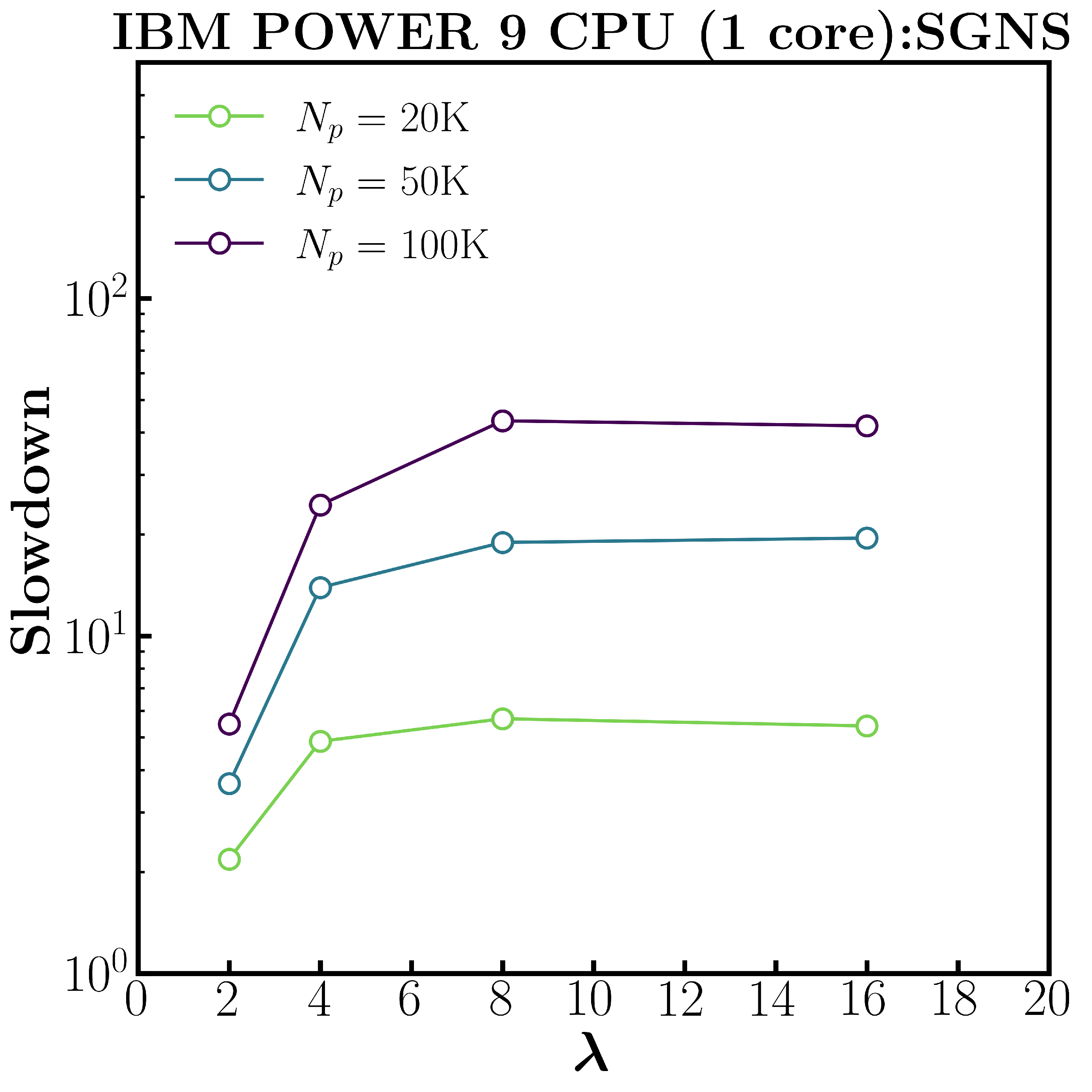
CCSE Home |
Overview |
AMReX |
People |
Publications |
Multiphase Flows and Complex Fluids
| CCSE researchers are engaged in developing numerical algorithms and computational models to simulate the dynamics of complex fluids and multiphase flows whose mechanics are intricately governed with the evolution of the suspended microstructure. The examples of such fluids include particulate (granular) matter, particle-laden flows, and mixtures of rheologically-complex fluids. The computational approach involves integrating a particle-scale representation of these materials such as discrete element method (DEM), a coarse-grained representation such as particle-in-cell (PIC), and a continuum-scale partial differential equation (PDE) representation using the tools of adaptive mesh and algorithm refinement, and data-driven machine learning methods. The target applications include industrial technologies such as bioreactors, advanced manufacturing, and other DOE mission areas involving energy and environment. The overarching goal is to develop a multiscale modeling framework that can simulate a wide variety of these materials in complex flow scenarios, and is performant on manycore/GPU-based high performance computing (HPC) platforms. |

|
Core Numerical Methologies:CCSE Members:CCSE researcher collaborate closely with National Technology Energy Laboratory (NETL) on the development and optimization of the MFIX-Exa software. Other AMReX codes used in this effort include the adaptive mesh, variable-density incompressible Navier-Stokes solver incflo and the fluctuating hydrodynamics code FHDeX. |
Current Projects:
Theory and Modeling of Granular Matter

|
Granular matter is prevelant in nature and industry, being only the second most widely-used material in industry after water.
Their widespread occurence in nature ranges from soil to large-scale geophysical phenomena such as earthquakes and landslides,
whereas they are also ubiquitous in pharamceutical, additive manufacturing and various energy-based industries. The mechanics
of these materials is remarkably complex, and they can easily switch between solid-like, liquid-like and gas-like states.
Currently, there exists no universal continuum model to predict their behavior in generalized loading conditions. While DEM
simulations can accurately model granular matter, these methods are intractable at practical scales of interest.
CCSE researchers are engaged in developing advanced constitutive models for granular matter that can predict their response in arbitrary geometries and loading conditions. The strategy involves using DEM simulations to calibrate higher-order tensorial constitutive models that obey rotational and translational invariance, towards implementing these models in AMR-based incompressible and low-Mach number continuum fluid solvers. The details of the constitutive model are decribed in this paper and this paper. For more information, please contact Ishan Srivastava. |
Particle-Laden Multiphase Flows
CCSE and NETL researchers have developed CFD-DEM and CFD-PIC based approaches for multiphase flow modeling within MFIX-Exa, where the solid phase is represented either by soft-sphere DEM representation (high fidelity, but expensive), or a coarse-grained PIC representation (lower fidelity, but scalable). Current developments include implementing complex interparticle DEM models with adhesion that are relevant in biomanufacturing, and incorporating higher-fidelity solid-phase constitutive models within the PIC represetation for such adhesive contacts. MFIX-Exa also has capabilities to model thermal transport and chemical reactions in multiphase flows, allows for resolving complex geometries using embedded boundary methods, and provides AMR capabilities.
Details about MFIX-Exa have been described in this paper and this paper.
For more information, please contact Ishan Srivastava, or Aaron Lattanzi.
Polydispersity in Multiphase Flows
The effect of particle size distribution on computational efficiency may be readily observed for the simple case of granular diffusion of a bidisperse mixture. The particles are seeded in three layers and given an initial granular temperature. As the simulation evolves, particles begin diffusing between one another and colliding. Compared to a monodisperse simulation with the same number of particles, the default single-grid neighbor list algorithm exhibits significant slowdown (nearly 40X for large size ratios and particle counts). By contrast, a new multi-grid neighbor list algorithm was implemented within AMReX (see Shire et al. (2021) for details) that yields significant speed up when compared to the single-grid neighbor list algorithm.
 |
 |
 |
 |
Non-Newtonian Fluid Mechanics
Previous work from our group has demonstrated simulations of viscoplastic fluids using a highly parallelizable structured adaptive mesh refinement method in AMReX-based code incflo. Further developments included modeling solid boundaries in viscoplastic fluids using embedded boundary methods. See more details in this paper and this paper.
CCSE researchers are extending this framework by incorporating elastic effects through the implementation of elastoviscoplastic (EVP) models. The robustness of the numerical implementation will be extensively tested in various flow scenarios (such as Poiseuille and Couette flows) for a range Weissenberg and Bingham numbers. Another potential avenue for development involves implementing immersed boundary methods (IBM) to model solid particle suspensions in such complex non-Newtonian fluid matrix, which is an important precursor material for various DOE-relevant applications such as battery electrode manufacturing.
For more information, please contact Ishan Srivastava.
Data-Driven Modeling of Rheologically-Complex Microstructural Fluids
CCSE researchers are engaged in developing a multiscale modeling framework that explicitly couples particle-based and continuum simulations of complex fluids via active learning, thus providing a new predictive capability for domain scientists to conduct high-fidelity modeling of these materials at practical length scales.
For more information, please contact Ishan Srivastava, and Andy Nonaka.